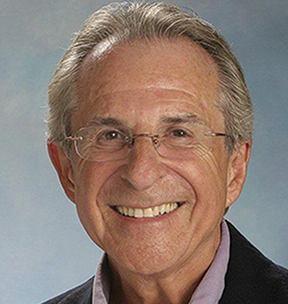Do you recall the media response when the incredible news broke that, after decades of research, we finally had a reliable and rapid cure for hepatitis C?
Did news reporters point out that the previous treatments had success rates peaking at around 40 percent, took a year to complete and made patients feel as if they had perpetual flu? Did they extrapolate how many liver transplants would be avoided and how many lives might be saved? Did they even note what a breakthrough it was to have cured a viral disease?
No! They all obsessed about cost and ignored value. They focused on the price per pill, like a sportswriter divvying up a pitcher’s salary by total throws: “When you’re making $2,000 a pitch, you’d better throw strikes.”
We expect tabloid illiteracy (and envy), but it’s shocking to see it in The Wall Street Journal. Trivializing a huge advance in medical therapy by railing about price per dose obviously misses the point but today passes for journalism. And that’s just the beginning.
Just once I’d love to see the media greet the news of an important medical breakthrough by proclaiming:
“US PHARMA DOES IT AGAIN!
“Today the FDA approved yet another advance destined to improve our lives.”
Unfortunately, we may have to wait a while for this pronouncement. Our historically unrivaled pharmaceutical R&D model is facing critical obstacles. These roadblocks aren’t posed by tough pathogens or tenacious tumors. They’re caused by—you guessed it—cost myopia.
 Consider antibiotics. We’re facing a threat from super-resistant bugs, but instead of developing treatments today to control tomorrow’s outbreaks, we’ve made it financially impossible to develop accurate new cures. Any new antibiotic will be assigned to a hospital’s restricted formulary, forbidden to be prescribed until stocks of any and all lower-cost alternatives have been totally exhausted. As a result, the new product will sit on the shelf, generating zero revenue.
Consider antibiotics. We’re facing a threat from super-resistant bugs, but instead of developing treatments today to control tomorrow’s outbreaks, we’ve made it financially impossible to develop accurate new cures. Any new antibiotic will be assigned to a hospital’s restricted formulary, forbidden to be prescribed until stocks of any and all lower-cost alternatives have been totally exhausted. As a result, the new product will sit on the shelf, generating zero revenue.
And then there’s cancer. Recently on 60 Minutes Leslie Stahl hosted a concerted attack on the “high cost of cancer drugs.” To be fair, cancer drugs are costly. No wonder—they’re expensive to discover, costly to develop and pricey to get approved.
It may be possible, as suggested recently in The New York Times, to create a “value framework” for cancer drugs by incorporating efficacy and safety as well as total cost into their overall design. This evaluation, based on clinical trial data and real-world experience, would be considered by physicians and patients in the course of making treatment decisions. Complicated? Maybe, but certainly more productive than mindlessly bashing the pharmaceutical industry.
I urge any journalist preparing to once again lambaste Big Pharma for its “greed” to do the following: Think! Don’t turn an obsession with cost into a weapon against better healthcare.
Before you fire up your outrage and vent your spleen, take a long look inside your parents’ or your own medicine chest. Without Big Pharma, the drugs you see there wouldn’t exist—and it’s highly likely that some of you or some of your loved ones wouldn’t be around, either.
From the August 01, 2015 Issue of MM+M - Medical Marketing and Media








